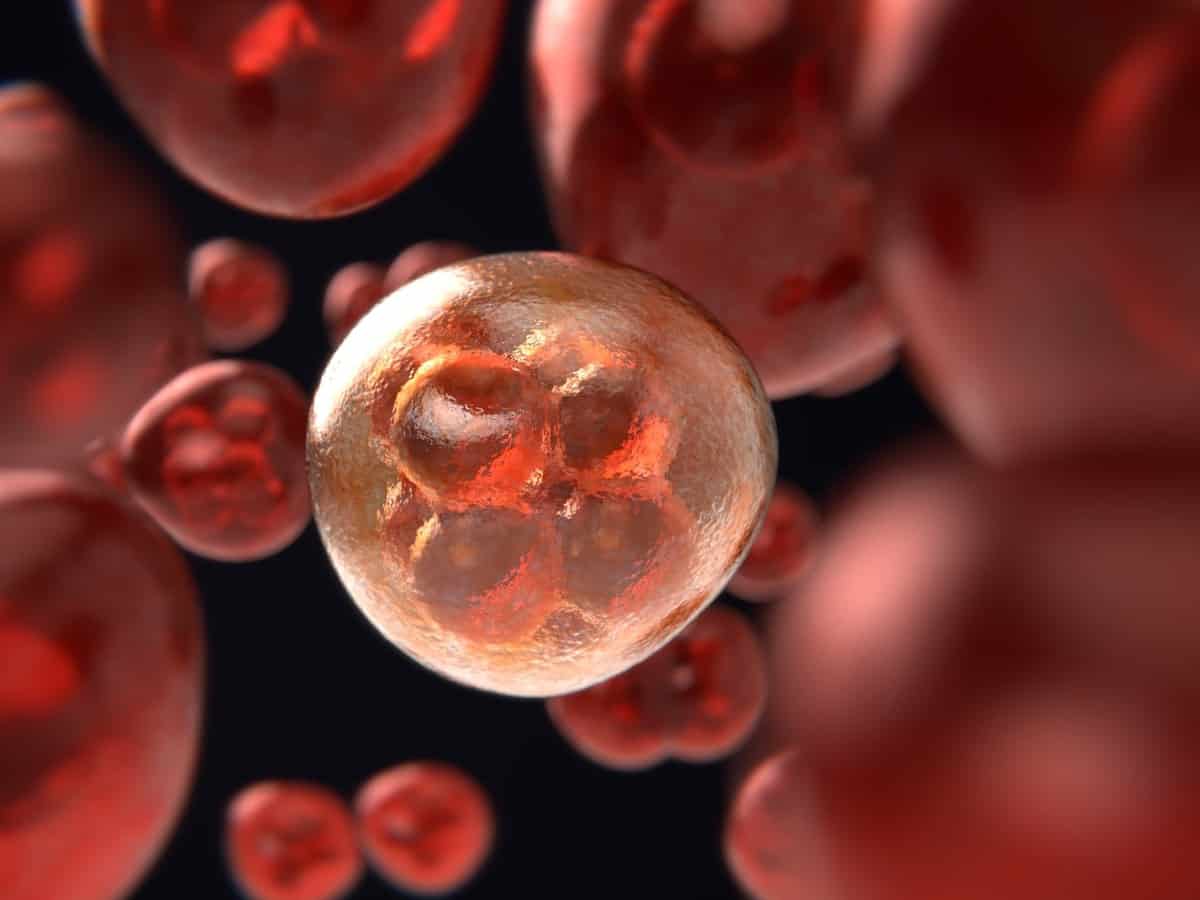New Delhi: In a report titled ‘Clinicopathological Profile of Cancers in India: A Report of the Hospital Based Cancer Registries, 2021, the Indian Council of Medical Research (ICMR) has said that the northeastern states experience higher burden of cancer cases, both among men and women.
The cancer experts have also cited the cultural reasons behind the rise in the number of cancer cases in the northeastern states.
According to Delhi-based cancer specialist Anshuman Kumar, from the point of view of cancer prevalence, India can be divided into four zones — North, Northeast, South and West.
The northeast part of India is reeling under heavy burden of cancer cases, which can be attributed to the cultural behaviour of the people living in those societies.
Talking to IANS, Kumar said that mouth and neck cancers are most common in the northeast which can be attributed to the traditional custom of chewing raw betel nut by people living in the northeastern states.
The nut contains several alkaloids belonging to the pyridine group, the most important being arecoline which creates addiction to betel nut. Resultantly, he said, it causes oral cancers in mouth and neck.
Kumar said that betel nut, locally known as ‘tambul’, causes a cancer that creates difficulty in opening the mouth which leads to late detection of the disease, as people consider it normal and don’t visit doctors.
Late detection is also a reason contributing to the rise in cancer cases in the northeast. Apart from late detection, unequal distribution of centres for treatment and prevention of cancer is also a reason for rising cases, said the cancer specialist.
Dermatologist Kabir Sardana from Delhi’s RML Hospital told IANS that a skin pigment called melanin forms a UV umbrella and protects people from skin cancer. In the northeastern region, people generally have fair complexion and they commonly reside at high altitude areas, which leads to high UV flux. Hence more skin are damaged, causing cancer. While in south India, the natural skin colour protects them from the rays.
However, Kumar holds favourable climactic condition as the reason for lower incidence of cancers in south India.
“Gallbladder cancer may be termed as the cancer of north India,” said Kumar, adding that in the gagetic belt area from UP to West Bengal via Bihar, gallbladder cancer is more common in women.
Heavy metals like cadium, mercury, led and arsenium are found in beyond acceptable levels in the water of Ganga, which is used for irrigation in these areas, causing gallbladder cancer in the region.
He also cited the common use of mustard oil in food as an important factor for the rise in the number of cancer cases.
Kumar said that cancer cases in India is either under reported or over reported in the absence of decentralised cancer screening system.

